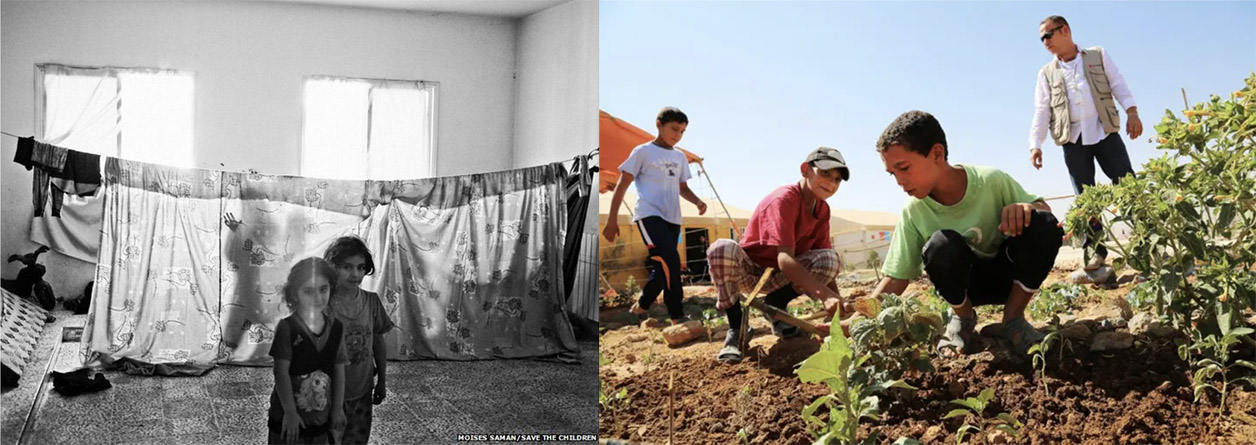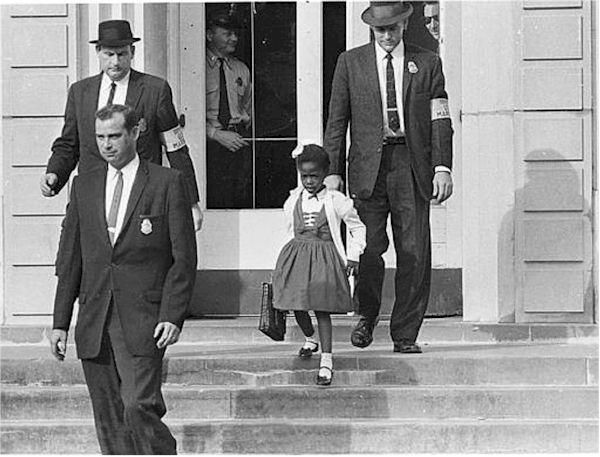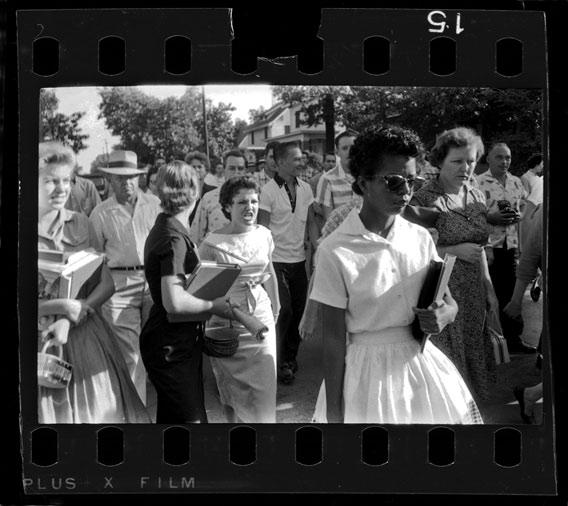This weekly post has everything you need for completing this week’s self-paced content and readings, plus an outline at the end for what’s covered during class meetings. This week is about how children are represented in photojournalism, with related stories and ethics considerations.
There is less new material this week because the focus during class time will be working in groups for the final project.
The Purpose of Photojournalism
It’s been a long time since Week 1, when we had a broad overview of photojournalism and why it matters in an era where almost anyone can easily take photos. Watch this National Geographic video that celebrates photojournalism and shows what motivates some NatGeo photographers:
Review & Reflection
- This video is made from a perspective of promoting photojournalism and the National Geographic brand. Do you agree with the statements, or do any parts feel exaggerated?
- What technical strategies and approaches are described?
- All of these photographers have published thousands of photos. If you were editing this video, how would you decide which photos to show?
Photographing Children
Children are generally considered innocent and vulnerable, which makes them compelling subjects of photographs and also heightens the ethical concerns of photojournalism. In the United States, photojournalists don’t legally have to treat children different from any other subjects — there’s no requirement to get permission from a guardian or any restrictions on photographing children in public. (The U.S. does have strict laws against images of child sexual abuse, which isn’t really related to photojournalism, though some large photo collections have recently faced criticism for including images of children identified as victims of sexual abuse, such as teens labeled as prostitutes.)
Photographs of children are often used by humanitarian groups for emotional appeals, and some photojournalists will work for clients such as charitable non-governmental organizations (NGOs) if they believe in the cause. Save the Children, a group that’s been criticized for “poverty porn” in the past, recently produced a report that is unique for asking subjects of photos — including parents and children — how they think their visual stories should be portrayed.
In 2015 in Za’atari camp, as part of this research, a young girl who had taken part in one of our learning projects, this one to teach her photography and film skills, told me: “I want to take the photos, not be an object”. I wanted to hear more. What stories would she tell if she had the chance, how would she want to tell the stories we wanted to hear, and, most importantly, how could we work out a way of telling her stories in partnership with her? This moment crystallised my long-held belief that within INGO communications there is the potential for story-telling partnerships, and that an unquestioning belief in those we portray as ‘innocent others’, however well intentioned, stifles the possibility for real partnership.
This week’s reading list includes the beginning of this report, which summarizes the research process and findings. Read the Foreword, Key Findings, and Conclusions and Recommendations (pages v to xi at the very beginning).

Review & Reflection
- Did anything surprise you about what people said about the images?
- What are some of the reasons people pictured in these campaigns are OK with having photos of their families shared?
- What were some of the concerns of teens and parents about how they were portrayed?
- Do you agree with the recommendations in the report? How might following these recommendations change the process or resulting images?
Children and War
It’s one of the most iconic photos from the Vietnam War: Fleeing napalm, a child runs down a road naked and screaming. The photo, titled “The Terror of War” and often called “Napalm Girl,” was taken by Nick Ut, who was himself barely 21 at the time. The photo was almost not published, but then influenced public opinion about U.S. involvement in the war. The 9-year-old girl in the photo is Kim Phuc, and Ut helped her after taking the photo. They’ve stayed in touch over time, and this mini documentary is about the context of that moment and what happened afterward.
Review & Reflection
- How did Ut end up in the right location to take this photo? What was happening before?
- Why is it surprising this photo was published at all? Why did editors hesitate?
- How does the girl feel about the photo now that’s older? What is her life like now?
Children and Civil Rights
Many well-known photos related to protests and civil rights in the United States involve teenagers who are legally minors. Ruby Bridges, who became an icon of school integration when she was 6 years old, has recently written a book that includes photos from the time.

Another notable example is the photo by Will Counts of school integration in Little Rock, Arkansas. This week’s reading is about the story behind this photo, and how the screaming white girl in the photo — 15 years old at the time — later reached out and initiated a somewhat uneasy friendship between the two main subjects. The author of that short article wrote an entire book about it, and this longer magazine story has some great quotes and anecdotes if you’re interested in a more detailed version.
Review & Reflection
- How did the two women get in touch again years after the photo was taken?
- What makes this photo a good representation of the conflicts around school integration?
- How is the real story more complicated than the photo appears?
- Teens have more agency and independence than children, but aren’t really adults, either. Is it fair to portray teens doing things they’ll be judged negatively for?
- How would this story be different if it were taken now during the era of social media?
Monday
• Preview of week’s materials
Wednesday
• Review of student work
• Final project group work: finalizing topic
Friday
• Quiz review with AP Year in Photos
• Final project group work: evaluation criteria
